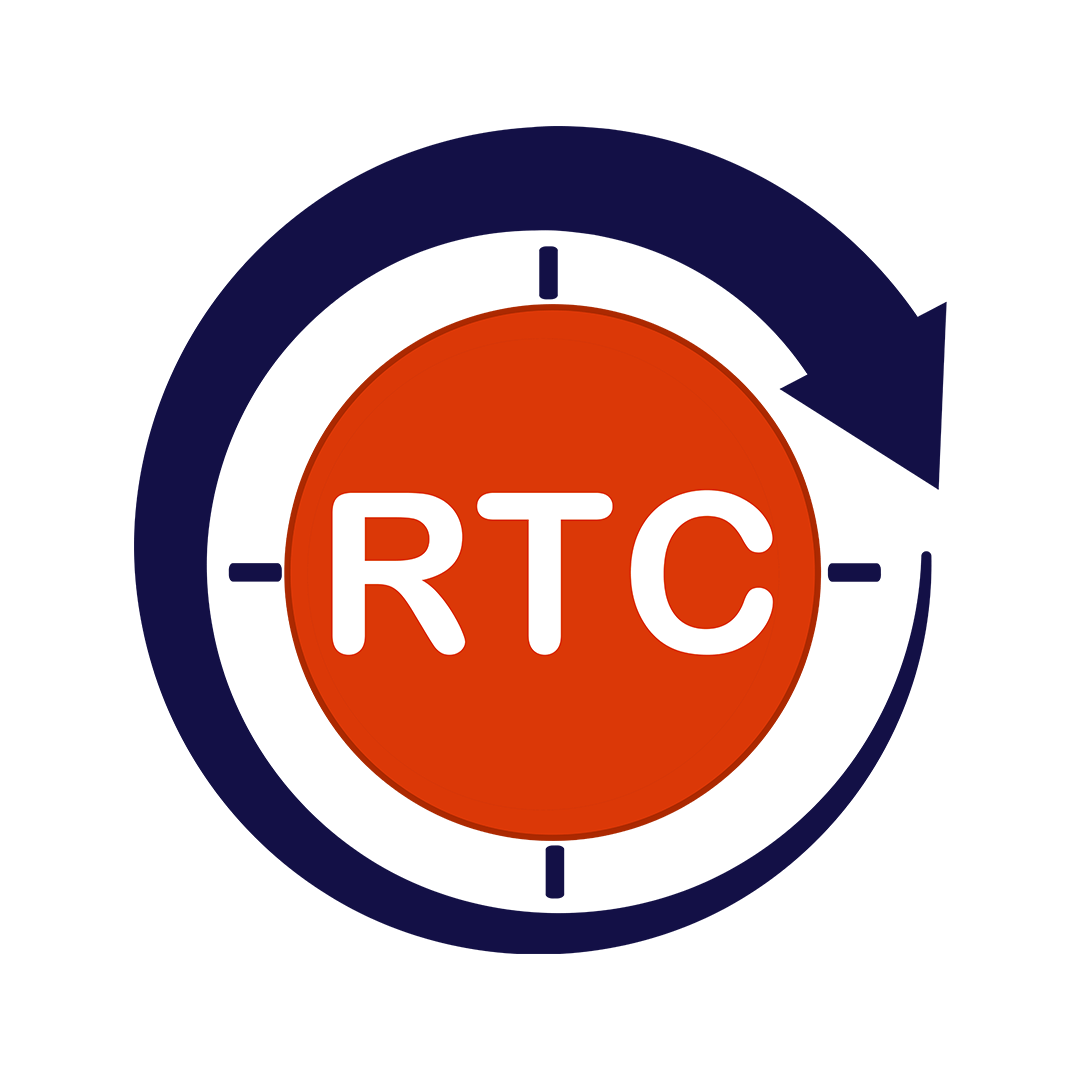Agile development has revolutionized how software is delivered, promoting continuous iteration, rapid feedback, and flexible collaboration. However, amidst the speed and agility, one critical aspect often risks being overlooked — accessibility. Integrating Accessibility Testing Services into Agile workflows ensures that digital products remain inclusive, usable, and compliant with standards such as WCAG, Section 508, and ADA.
With approximately 1.3 billion people globally living with some form of disability (WHO), the digital inclusion mandate is no longer optional — it’s a business imperative. Accessibility in Agile is not a phase but a mindset that must be embedded from storyboarding to sprint reviews.
Table of Contents
ToggleWhy Accessibility Testing Matters in Agile Environments
Agile’s iterative nature aligns perfectly with the philosophy of “Shift Left” — addressing accessibility early and often. Here’s why accessibility is vital in Agile:
Inclusion by Design: Accessible products offer better user experience not only for people with disabilities but also for users facing temporary or situational limitations.
Compliance & Risk Mitigation: Laws like ADA (USA), AODA (Canada), and RPwD Act (India) mandate digital accessibility.
Wider Reach & SEO: Accessibility boosts usability and even SEO, since search engines appreciate semantically correct, well-structured code.
By incorporating Digital Accessibility Testing Services, Agile teams can ensure their products are functional for all users — regardless of abilities — while avoiding costly redesigns later.
Challenges of Integrating Accessibility in Agile
Despite the clear benefits, accessibility integration in Agile still faces several roadblocks:
Compressed Timelines
Sprints typically span 1–2 weeks, which leaves limited time for comprehensive accessibility evaluations.
Lack of Awareness
Developers and testers may not be trained in accessibility guidelines, leading to inconsistent implementation.
Tool Overload or Underutilization
Without the right tools and frameworks, teams struggle to automate accessibility checks within CI/CD pipelines.
Reactive Fixes vs Proactive Design
Accessibility often enters the picture only during QA, making it a reactive step rather than a proactive practice.
Best Practices to Embed Accessibility in Agile Development
Integrating accessibility into Agile doesn’t mean slowing down — it means working smarter. Here’s how:
Define Accessible User Stories
Write user stories that specify accessibility requirements, such as:
“As a visually impaired user, I want screen-reader-friendly navigation so I can access all site content.”
Involve Accessibility from Sprint Planning
Include accessibility acceptance criteria for each feature:
“All buttons must have visible focus states and ARIA labels.”
Use Automated and Manual Testing Together
Automated tools (like axe-core, Lighthouse) help detect 30–40% of issues. Manual testing ensures screen reader, keyboard navigation, and color contrast compliance.
Establish Accessibility Champions
Assign team members as accessibility leads within each squad to foster culture and accountability.
Continuous Learning & Auditing
Keep up with evolving standards (e.g., WCAG 2.2) and perform periodic audits to ensure long-term compliance.
Accessibility Testing Tools and Techniques for Agile Teams
To succeed in Agile, accessibility testing must be part of the toolchain. Here are some commonly used tools and their best use cases:
| Tool | Purpose | Agile Integration |
| axe DevTools | Browser extension for quick accessibility scans | Use during development or code review |
| Lighthouse | Page audits for SEO, performance, accessibility | Run during nightly builds or CI |
| NVDA / JAWS / VoiceOver | Screen reader testing | Manual testing during QA |
| WAVE | Web accessibility evaluation | Use during sprint demo validation |
| Pa11y CI | Automated accessibility testing in CI/CD | Integrate with Jenkins, GitLab, etc. |
How Round The Clock Technologies Supports Agile Accessibility
At Round The Clock Technologies, accessibility is not an afterthought — it’s a core pillar of quality engineering. As a leading Accessibility Testing Company, we empower Agile teams to build accessible and compliant applications through:
Accessibility-First Test Strategy
We help embed accessibility requirements right from sprint planning, ensuring accessibility is a shared team goal.
Expert-Led Manual Testing
Our certified accessibility testers conduct thorough reviews using real assistive technologies like NVDA, JAWS, and VoiceOver across devices and platforms.
Automation Integration
We set up automated testing using tools like axe-core, Pa11y, and Lighthouse integrated into your Agile pipelines.
Accessibility Audits & Remediation
From rapid audits to full-scale compliance assessments, we provide actionable insights and assist with timely fixes — backed by the latest WCAG standards.
Cross-Geographic Compliance
With clients across the USA, India, and Canada, we offer localized accessibility expertise ensuring compliance with regional legislation such as ADA, AODA, and RPwD Act.
A Fortune 500 eCommerce brand reduced accessibility-related complaints by 60% within two quarters after integrating our Accessibility Testing Services into their Agile model.
Conclusion
Accessibility isn’t a checkbox to tick at the end of development — it’s a continuous, proactive practice that thrives in Agile settings. By embedding it early, collaborating across roles, and leveraging the right tools and partners, organizations can create digital experiences that are not just compliant, but truly inclusive.
Whether you’re a startup or a global enterprise, making accessibility part of your Agile DNA will future-proof your products, boost your brand, and unlock new markets.
Partner with Round The Clock Technologies to shift accessibility left and deliver digital products that welcome everyone — faster and smarter.

